Best Practices Articles
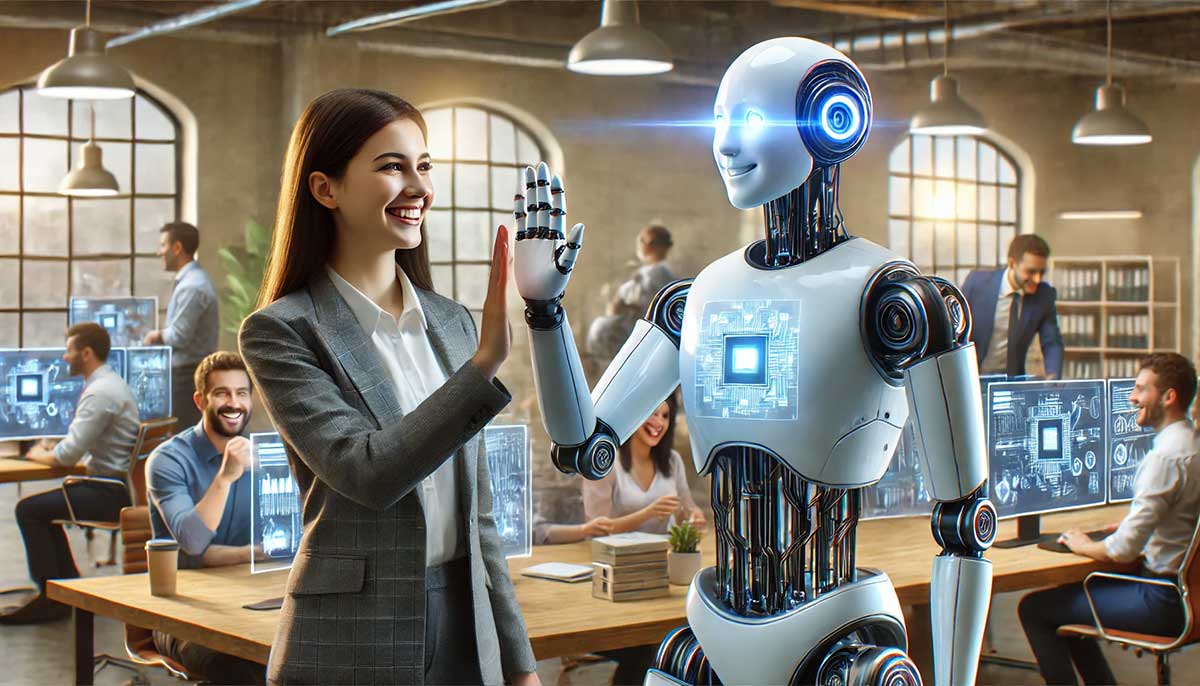
How to Adapt to AI Impact on Jobs
Artificial Intelligence (AI) is reshaping the workforce, driving unprecedented levels of efficiency and innovation across industries. Advanced technologies like machine learning, automation, and AI are changing jobs, bringing both opportunities and challenges for workers. AI is not merely replacing tasks—it’s creating new job categories while eliminating some existing roles.
To succeed in today's changing world, people must adapt to AI's impact on jobs. They should learn new skills, embrace technology, and stay open to ongoing growth. This article explores strategies and steps to thrive in an AI-driven workplace.
How to Adapt to AI Impact on Jobs
Understanding AI’s Role in Job Transformation
AI’s impact on jobs spans across automation, augmentation, and creation. Automation handles repetitive and task-oriented jobs, reducing the demand for manual labor in manufacturing, data entry, and logistics. AI helps people do cognitive tasks faster and more accurately. This is useful in areas like software development and customer support with AI chatbots.
AI also creates new jobs. Data analysts, AI trainers, and ethics officers are examples of roles that are growing because of AI. By understanding AI's applications in their respective fields, individuals can anticipate changes and prepare for the roles of tomorrow.
Recent examples illustrate this dual nature of AI's impact. Tools like GitHub Copilot and ChatGPT save significant time by automating routine coding and drafting tasks. Automation frees professionals for creative and strategic work but requires them to adapt to using these tools effectively.
Embracing Lifelong Learning and Reskilling
Prioritizing High-Demand Skills
To remain competitive in an AI-driven market, workers must prioritize skills that complement AI technologies. Critical areas of focus include data analysis, machine learning, software development, and cybersecurity. Professionals in healthcare, finance, and marketing must adapt by learning to use AI tools for their fields.
Healthcare practitioners, for instance, are increasingly leveraging AI for diagnostics and treatment planning. Financial analysts use AI for market predictions and risk assessment. Familiarity with these tools not only improves efficiency but also ensures that workers stay indispensable in their roles.
Accessing Online Platforms and Resources
Numerous resources are available to help workers upskill in an AI-driven world. Platforms like Coursera, edX, and Udemy offer courses on AI, data science, and programming. For those who prefer hands-on learning, bootcamps and workshops offer immersive experiences, equipping participants with practical expertise.
Government and employer programs often fund training, helping workers invest in their AI education.
Leveraging Generative AI for Career Growth
AI as a Partner, Not a Replacement
Generative AI tools like DALL·E, ChatGPT, and GitHub Copilot are transforming how professionals work. Writers can use AI to brainstorm ideas and draft content, while developers leverage it for faster coding and debugging. Viewing AI as a collaborator rather than a competitor allows individuals to maximize productivity and creativity.
Marketing teams use AI for consumer analysis and targeted campaigns, while architects use it to design concepts. Learning to integrate these tools into workflows is a key step toward thriving in an AI-enhanced workplace.
Avoiding Over-reliance on AI
While generative AI boosts efficiency, overreliance can stifle innovation and reduce critical thinking. Workers should balance by recognizing AI's limits and keeping their problem-solving and decision-making skills. By fostering a partnership with AI, professionals can maintain their relevance and contribute to complex, non-routine tasks.
Fostering Collaboration Between Humans and AI
Developing Hybrid Skills
The jobs of the future require hybrid skills—combining technical proficiency with soft skills. AI excels in processing data and performing repetitive tasks, but human creativity, emotional intelligence, and communication remain irreplaceable.
For example, data analysts who understand storytelling can effectively communicate insights derived from AI tools. Similarly, project managers who understand AI workflows can lead teams more efficiently. Cultivating this blend of skills ensures long-term career resilience.
Promoting Inclusivity in AI Adoption
AI adoption must emphasize inclusivity to bridge workforce disparities. Research shows women and underrepresented groups use generative AI less, emphasizing the need for targeted initiatives. Companies can support inclusivity by offering training programs, mentorship opportunities, and equitable access to AI resources.
Inclusive adoption not only empowers individuals but also drives innovation. Diverse teams bring varied perspectives, enhancing AI applications and ensuring broader societal benefits.
Building an AI-Ready Workforce
Role of Education in AI Readiness
Educational institutions play a crucial role in preparing future workers for AI-driven industries. Universities like NJIT have pioneered interdisciplinary programs that integrate AI into diverse fields, from healthcare to sustainable development. Students gain a robust understanding of AI’s potential while honing creative and analytical skills.
K-12 initiatives also contribute by introducing AI concepts early. National Science Foundation (NSF)-backed programs provide foundational knowledge to prepare young people for AI careers.
Workforce Training and Policy
Governments and organizations must collaborate to ensure workers are equipped for AI’s demands. Policies incentivizing upskilling and reskilling programs can bridge skills gaps, while public-private partnerships can foster innovation.
For example, tech companies partnering with educational institutions create targeted training initiatives, aligning curricula with industry needs. These collaborations ensure that workers can seamlessly transition into evolving roles.
Conclusion
Adapting to AI's impact on jobs requires ongoing learning, strategic thinking, and a proactive approach. As AI continues to reshape the workforce, individuals must embrace its potential while addressing its challenges. Reskilling, leveraging generative AI tools, and fostering inclusivity are essential strategies for navigating this transformation.
Rather than fearing AI as a disruptive force, workers should view it as an opportunity to enhance their careers. By collaborating with AI technologies and prioritizing adaptability, professionals can secure their place in an evolving job market. Together, humans and AI can create a future where innovation and inclusivity thrive.
Read our article on The Role of Artificial Intelligence in High-Performance Computing.
Best Practices Guidebook
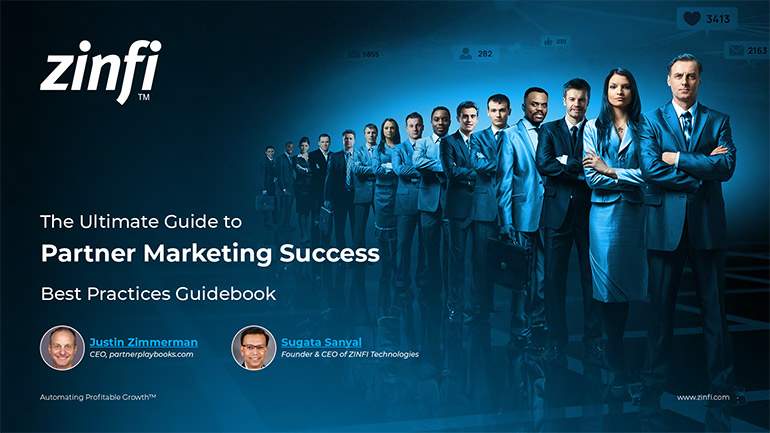 The Ultimate Guide to Partner Marketing Success Best Practices
The Ultimate Guide to Partner Marketing Success Best PracticesDownload Guide
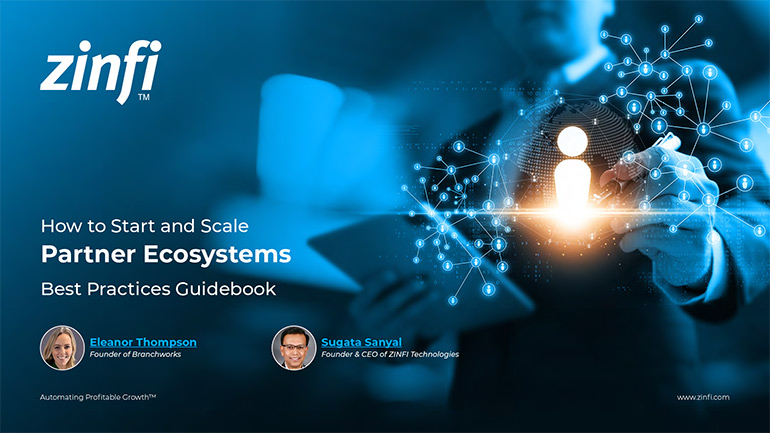 How to Start and Scale Partner Ecosystems Best Practices
How to Start and Scale Partner Ecosystems Best PracticesDownload Guide
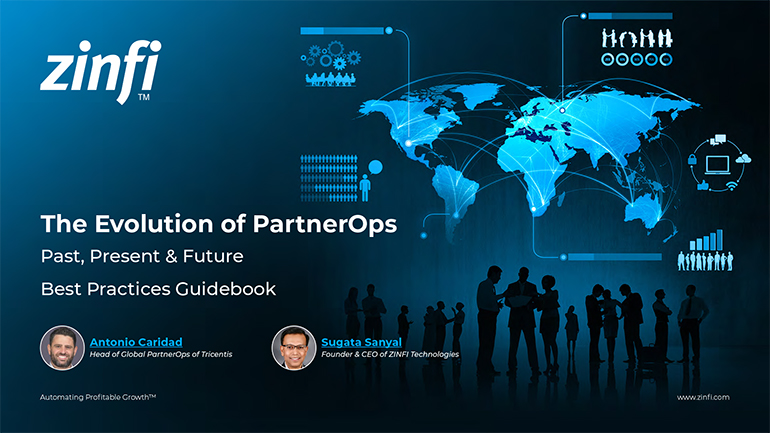 The Evolution of PartnerOps: Past, Present & Future Best Practices
The Evolution of PartnerOps: Past, Present & Future Best PracticesDownload Guide
 Mastering Channel Sales: Strategies, Best Practices, and Growth Tactics for 2025
Mastering Channel Sales: Strategies, Best Practices, and Growth Tactics for 2025Download Guide
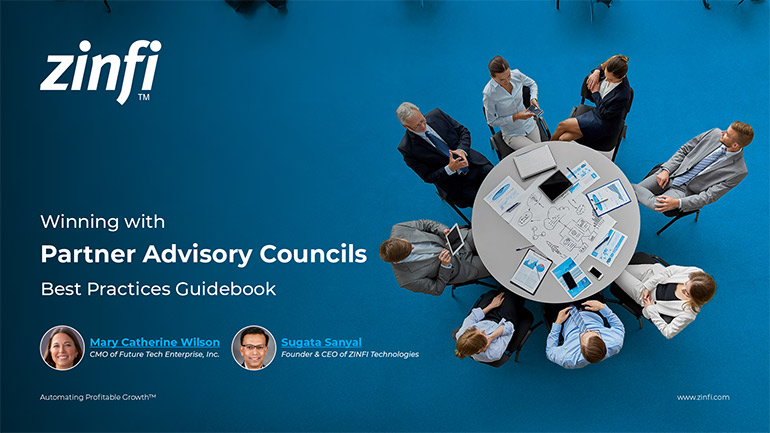 Winning with Partner Advisory Councils: Best Practices for Partner Engagement & Growth
Winning with Partner Advisory Councils: Best Practices for Partner Engagement & GrowthDownload Guide
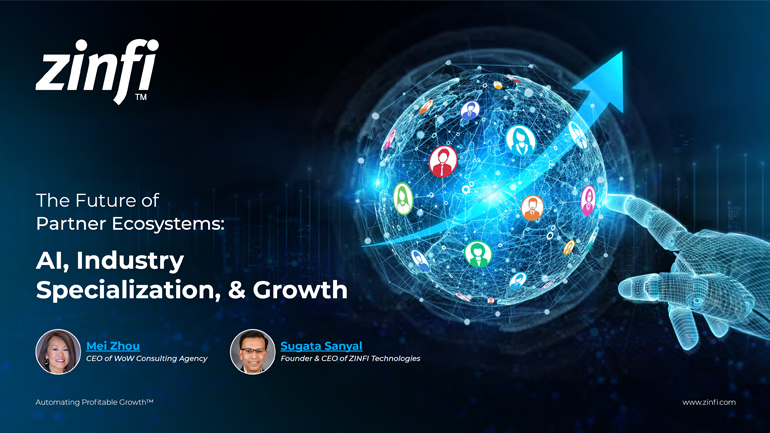 The Future of Partner Ecosystems Best Practices
The Future of Partner Ecosystems Best PracticesDownload Guide
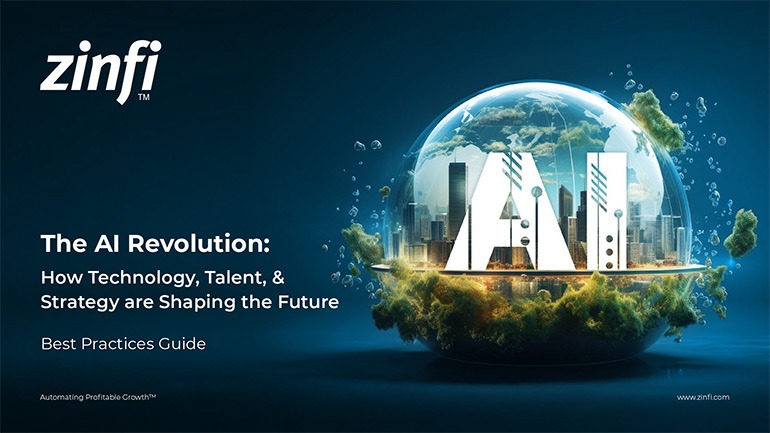 The AI Revolution: How Technology and Talent are Shaping the Future
The AI Revolution: How Technology and Talent are Shaping the FutureDownload Guide
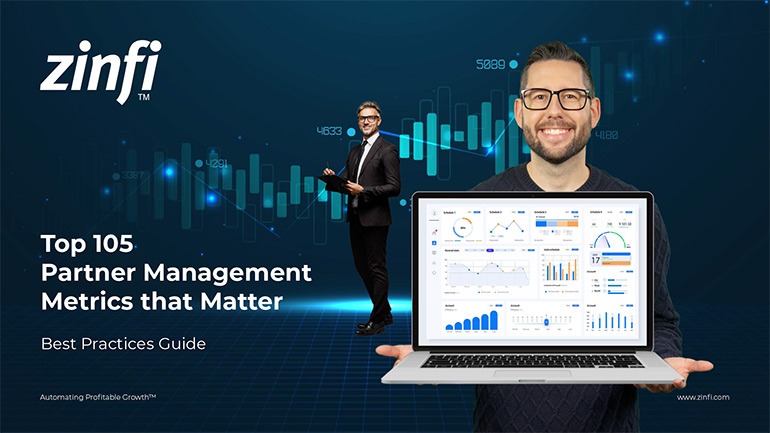 Top 105 Partner Management Metrics that Matter Best Practices
Top 105 Partner Management Metrics that Matter Best PracticesDownload Guide
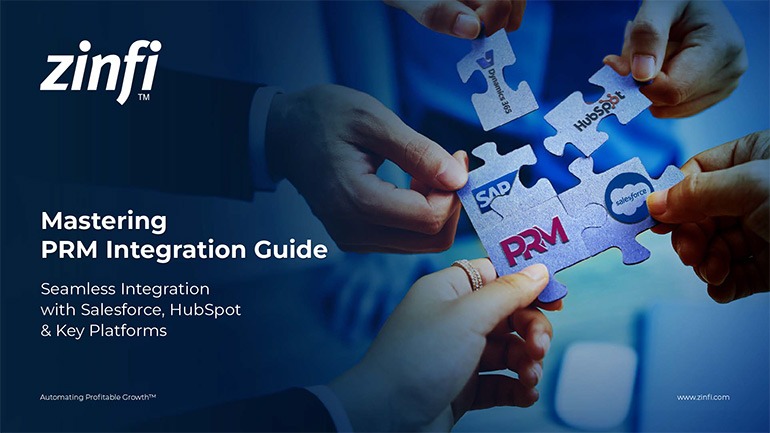 Mastering PRM Integration Best Practices
Mastering PRM Integration Best PracticesDownload Guide
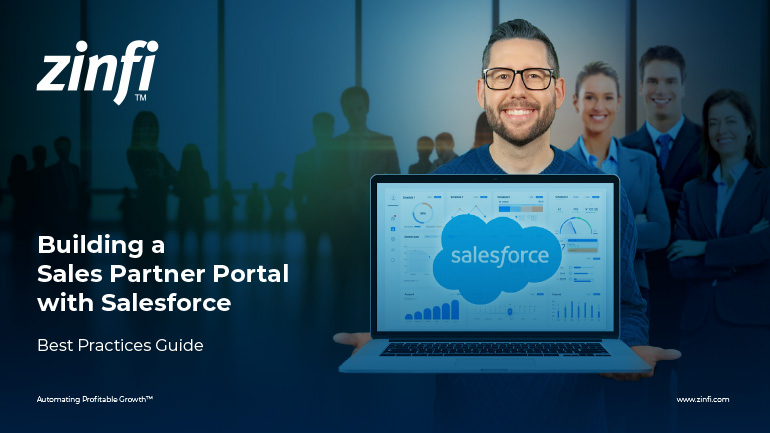 Building a Sales Partner Portal with Salesforce Best Practices
Building a Sales Partner Portal with Salesforce Best PracticesDownload Guide
 Building and Managing Partner Ecosystems Best Practices
Building and Managing Partner Ecosystems Best PracticesDownload Guide
 Mastering Co-Marketing and Co-Selling Best Practices
Mastering Co-Marketing and Co-Selling Best PracticesDownload Guide
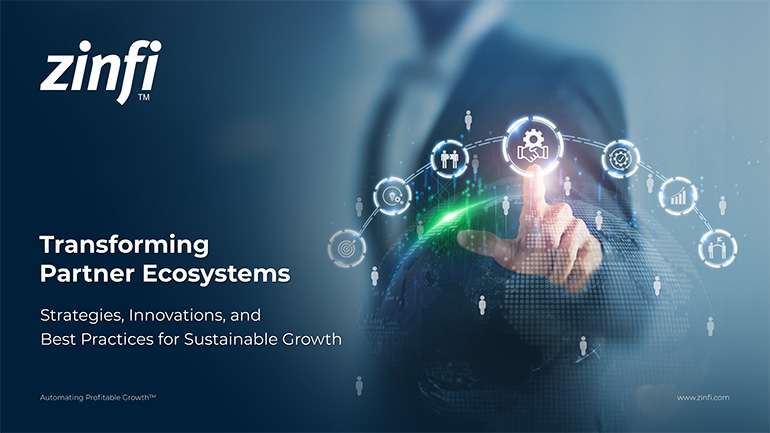 Transforming Partner Ecosystems Best Practices
Transforming Partner Ecosystems Best PracticesDownload Guide
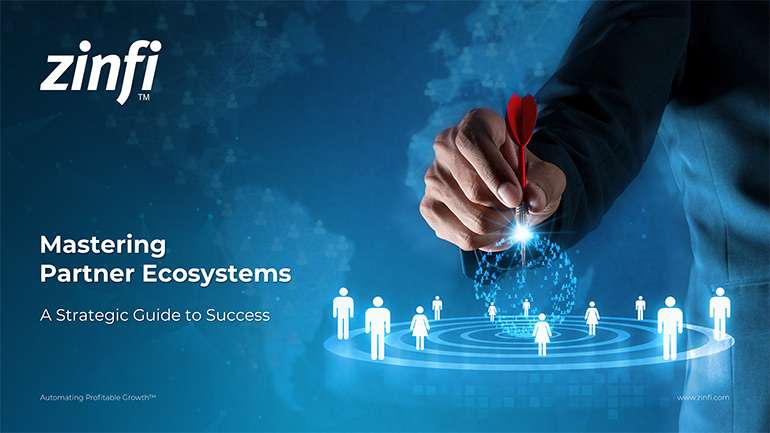 Mastering Partner Ecosystems Best Practices
Mastering Partner Ecosystems Best PracticesDownload Guide
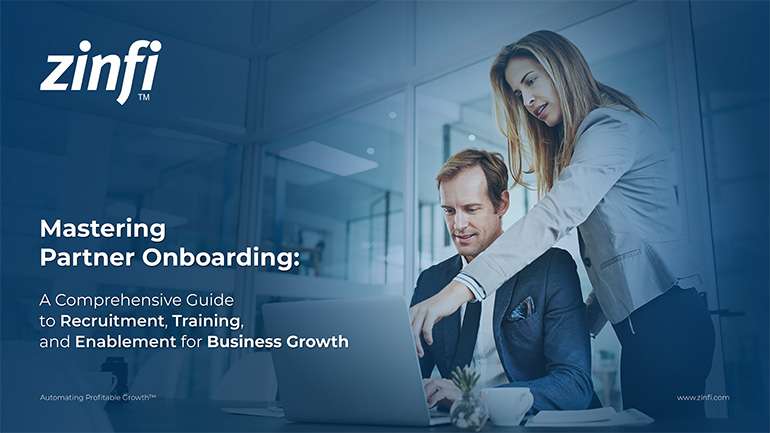 Mastering Partner Onboarding Best Practices
Mastering Partner Onboarding Best PracticesDownload Guide
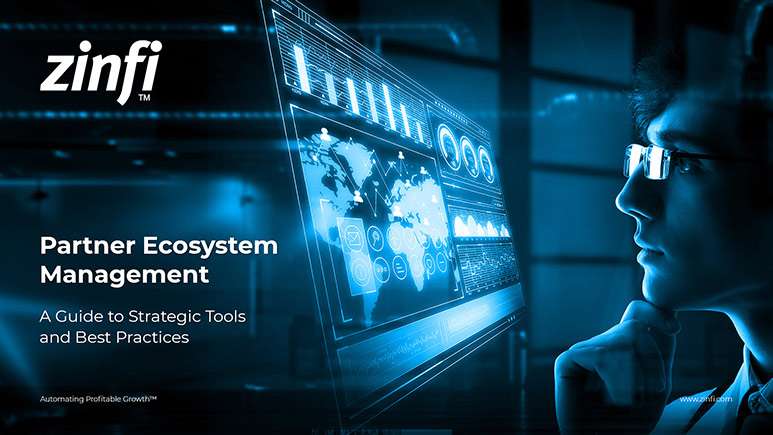 Partner Ecosystem Management Best Practices
Partner Ecosystem Management Best PracticesDownload Guide
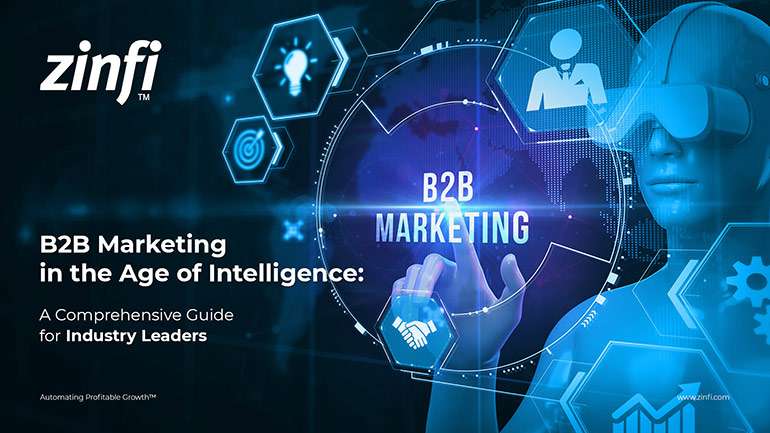 B2B Marketing in the Age of Intelligence Best Practices
B2B Marketing in the Age of Intelligence Best PracticesDownload Guide
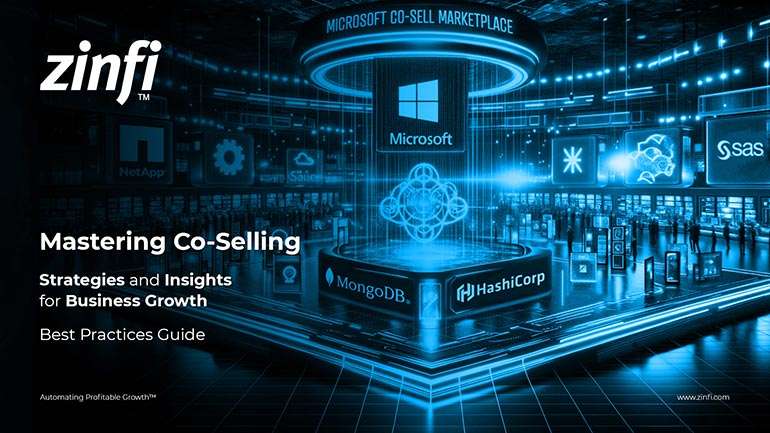 Multi-Partner Co-Selling Best Practices
Multi-Partner Co-Selling Best PracticesDownload Guide







